- Cyclone Alfred
15 Apr, 2025 - TEN unveils our new brand identity
11 Apr, 2025 - Compression Fitting Failures
14 Mar, 2025 - Understanding How Conduit Sealants Perform in the Presence of Fire
6 Feb, 2025 - Employee of the Year 2024
15 Jan, 2025 - National Work Safety Month 2024
9 Dec, 2024 - Wildlife Mitigation Products
21 Oct, 2024 - Lou's 25th Anniversary
14 Oct, 2024 - TEN HQ is moving
2 Sep, 2024 - Highlights from TENNET 2024
1 Jul, 2024 - The Zero Splice Rule
28 Jun, 2024 - ALE - ClampStar Conductor Repair
31 May, 2024
Lug-All Pre and Post Checklist9 Apr, 2024
1. Lug-All Pre-Operational Inspection Link to TEN Video - https://youtu.be/lsJTnHc_0FU Lug-All Come Along Ratchet Winch Hoists have always been designed and produced to high standards. High-quality materials and precision construction ensure that Lug-All winch hoists deliver consistent performance for many years. To protect the longevity of your Lug-All, it is important to perform routine inspections and maintenance. Inspection Checklist (Download PDF below)
2. Operation Inspection The Lug-All winch hoist has three operation modes: tensioning, backing off, and free release. To test the tensioning function, rotate the reverse lever toward the drum to engage the u-frame pawl against the ratchet teeth. Operate the handle as required to apply the proper tension. To test the backing of function, rotate the reverse lever away from the drum to move the u-frame pawl away from the ratchet teeth. Move the handle until the u-frame pawl engages the main frame pawl spring. Additional handle pressure in the same direction will release the main frame pawl. Ease off the handle and the load will lower one tooth at a time. To test the free release function, rotate the reverse lever away from the drum to move the u-frame pawl away from the ratchet teeth. Press the trigger to hold the main frame pawl away from the ratchet teeth. Maintenance By inspecting your Lug-All come along ratchet winch hoist regularly, you help protect your equipment from unexpected maintenance issues in the future. Lug-All winch hoists are manufactured to strict quality standards, but poor maintenance can cause even the best products to stop working properly. In extreme cases, lack of maintenance can cause equipment to fail entirely possible in the middle of a task. While Lug-All uses several safety features to help keep you safe, unexpected equipment failure can put your safety at risk. Keeping up with inspections and maintenance protects not just your equipment, but also yourself.
3. Hoist Maintenance Lug-All come along ratchet winch hoists are designed to be long-lasting, hard-working tools that serve you for decades. In fact, many Lug-All winch hoists built 30, 40, and even 50 years ago are still being used today. One of the best ways to make sure your Lug-All winch hoists lasts as long as you need it is to perform basic maintenance regularly. Inspection It's also important to inspect the hoist’s operation. Your Lug-All winch hoist should be able to pull the line in and let the line out smoothly. You can test this operation by applying tension to the line with one hand while operating the hoist normally in both tensioning and backing off modes. The line should also pay out smoothly when the free release trigger is pressed. Maintenance Repair We also offer complete repair services through our Birdsboro, Pennsylvania, manufacturing facility. If you need repairs done for a Lug-All ratchet winch hoist, you can send it to us, and we’ll perform all the necessary repairs using the same tools and processes used to manufacture it in the first place. With regular inspections, simple routine maintenance, and repairs when necessary, you can be sure your Lug-All come along ratchet winch hoists will keep working hard for you for many years. Caring for Your Web Strap Hoist DO NOT’S
What to Look for During Your Daily Web Strap Inspection:
Most of the damage described above can cause catastrophic failure of the web strap. Although not all the damage incurred will be obvious or extreme, it’s still important to remove the hoist from use. Additionally, the web strap should be tested periodically and replaced when the safety factor for its maximum possible load is considered insufficient. Download the Hoist Inspection Checklist here Contact TEN for further information on repairs and repair videos/blogs and spare parts. |
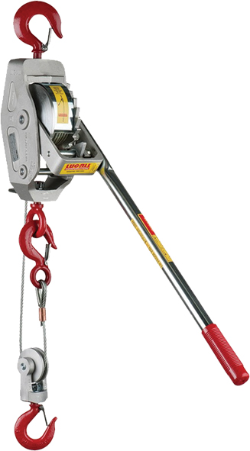
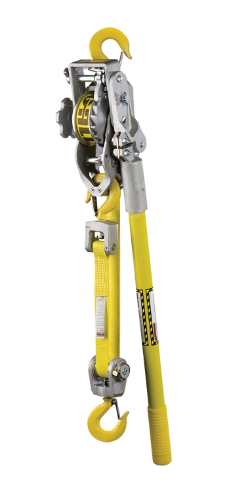
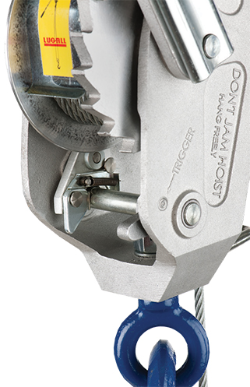
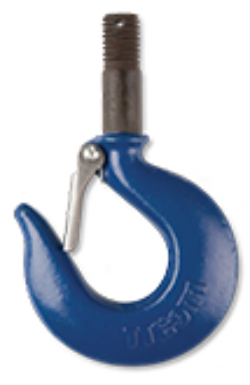
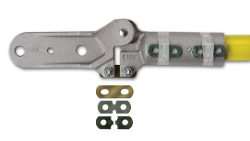
|


